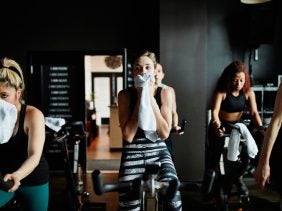All About Stretching: Your next performance booster
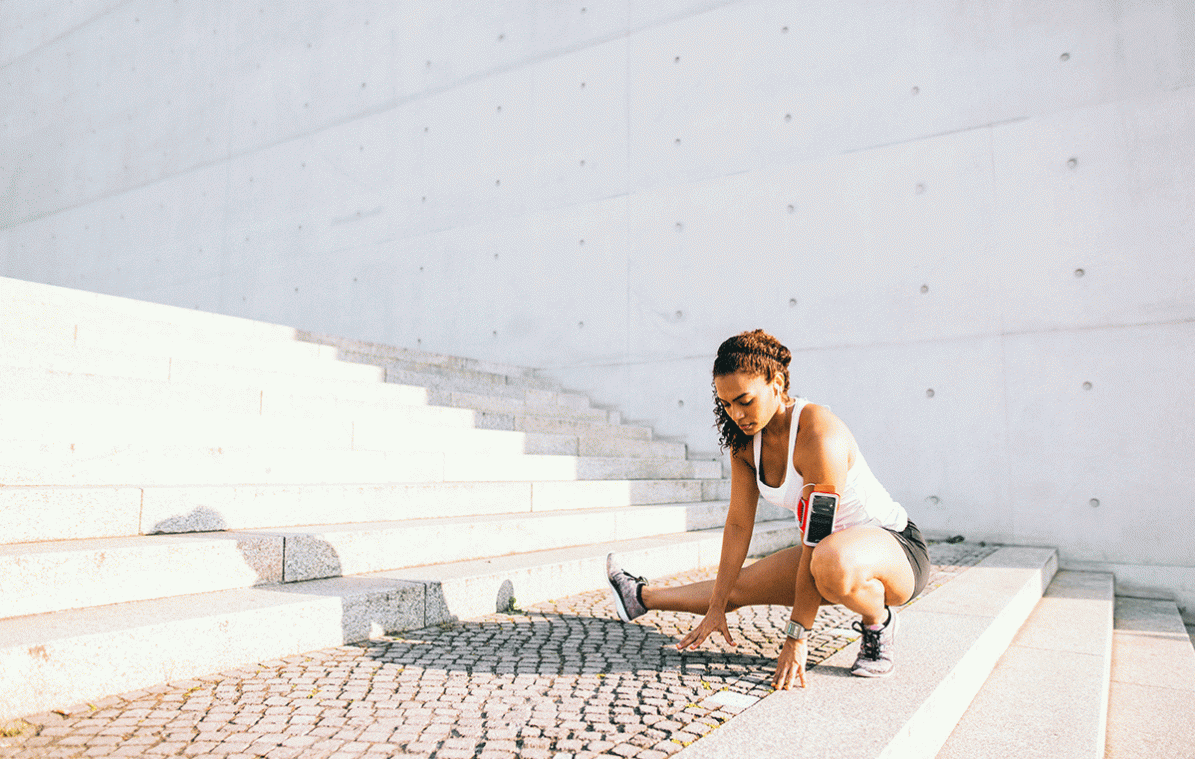 © Guido Mieth
© Guido Mieth
Want to improve your workout performance? Stretching might be the answer! Find out when it’s the right time to stretch, how often you should stretch, and most importantly, how.
What Is Stretching?
Stretching exercises involve extending a muscle or whole muscle groups. They maintain the flexibility of muscles and joints, which is part of maintaining physical fitness and a healthy musculoskeletal system. Stretching can also improve athletic performance, relieve tension, and reduce stress.
What happens to my muscles when stretching?
Every muscle has insertions and origins at its ends. Insertions attach to bone that moves, while origins attach to bone that remains stable throughout the movement. As soon as you tighten any muscle, these ends come closer together. For example, a leg curl activates your hamstrings. As you contract the back of your thigh, the origin below your glutes gets closer to the insertion at your knee joint.
During stretching, the opposite takes place: the muscle ends at the insertion and origin move as far as possible away from each other. The whole muscle structure including the fascia – the muscles’ connective tissue – is stretched, hydrated, and made more supple during the stretch movement. The muscle is better supplied with blood and the important nutrients and oxygen in it. As a result, those muscle groups that are stretched regenerate more quickly and more efficiently.
By the way, stretching regularly does not make the muscle longer, but it does make it more flexible in the long term. Similar to strength training designed to build muscles, the body adapts to the training stimuli by increasing muscle elasticity. The tissue can be pulled apart more easily each time and then still return to its original shape.
Why does it hurt when I stretch?
Ever felt that uncomfortable pulling sensation in your thigh when you go into a deep lunge? This pain is what keeps your body from overstretching. Because, while stretches are a must, going too far can damage your ligaments and joints in the long run. Instead of increasing your strength and flexibility, overstretching just makes your body more unstable and prone to injury.
When you stretch a muscle, sensory receptors called muscle spindles send signals to the spinal cord. When you go deep into the stretch, you may feel pain. The longer you stay in the position, however, the weaker the signals become and tight muscles relax. That’s why many programs say you should hold stretches for at least 45 seconds, but if the pain doesn’t lessen after the first 6 seconds or so, adjust the intensity of the stretch to make sure you’re not tearing the muscle instead of stretching it.
What Effects Does Stretching Have?
Regular stretching can improve joint mobility and strengthen tendons and ligaments in the long run. Your body learns to use the full range of motion available to it, which can help you take your workout to the next level: The smoother and more economical your range of motion, the better your performance. In squats, for example, you can go deeper, in jogging you can ease into a relaxed run more quickly, and in kickboxing you can execute more powerful punches and kicks.
Other benefits of stretching:
- Compensation for lopsided everyday routines
- Release of tension
- Reduction of stress
- Improved body awareness
For a long time, stretching was seen as an all-purpose weapon to reduce muscle soreness and sports injuries. But studies now show that stretches to prevent injury have no proven effect. They also don’t keep you from getting pulled or sore muscles. These are both caused by an overloading of the muscles, which produces little tears in the muscle fibers. Stretching doesn’t prevent this process.
A better way to recover quickly is to eat a diet high in protein and carbs and make sure you get enough essential amino acids. Try recharging your muscles with our Recovery Aminos after every workout.
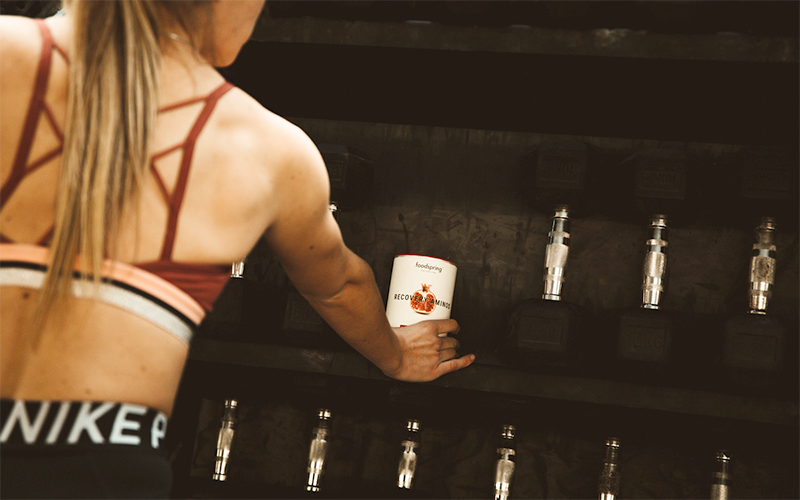
Restore and Refresh with Recovery Aminos
Static and Dynamic Stretching
In general, there are two types of stretching: static and dynamic. Check out the table below to figure out which variant is useful for your sport and at what time:
| Static Stretches | Dynamic Stretches | |
| Technique | Stretches held for at least 30 seconds | Gentle, springy stretching movements for 10-15 reps |
| Pros | Improves flexibility | Improves blood flow and coordination |
| Cons | Makes muscles more susceptible to injury, reduces jump strength | Risk of injury increases if performed too intensively or in an uncontrolled way |
| Time | Not for cold muscles, so only when warmed up, after your exercise routine, or as a workout on their own | As part of a warm-up or cool-down |
| Sport | Running, gymnastics, dancing, ballet, martial arts | Strength training, ball sports, sprinting, plyometrics |
To really reap their benefits, we recommend integrating stretching exercises into your training routine at least three times a week – about 10 to 15 minutes per session.
The most important rules for stretching:
- Don’t start stretching if you’re experiencing acute soreness, have an injury, or after particularly heavy exertion.
- Always stretch on a non-slip surface.
- Perform movements slowly and in a controlled manner. Gently slide into positions, never jerk yourself into them.
- Continue to breathe evenly while stretching. As soon as the feeling of tension subsides, drop into the stretch a little more.
- The pain in the stretch should be tolerable with normal breathing. As soon as you start breathing faster or shallower, take a break and relax the muscle group.
6 Stretching Methods and Exercises
The following is an introduction to the most common types of stretches – including sample exercises:
- Active Static Stretching
Active static stretching is about assuming a stretching position and holding it for at least 30 seconds (preferably longer) under your own strength.
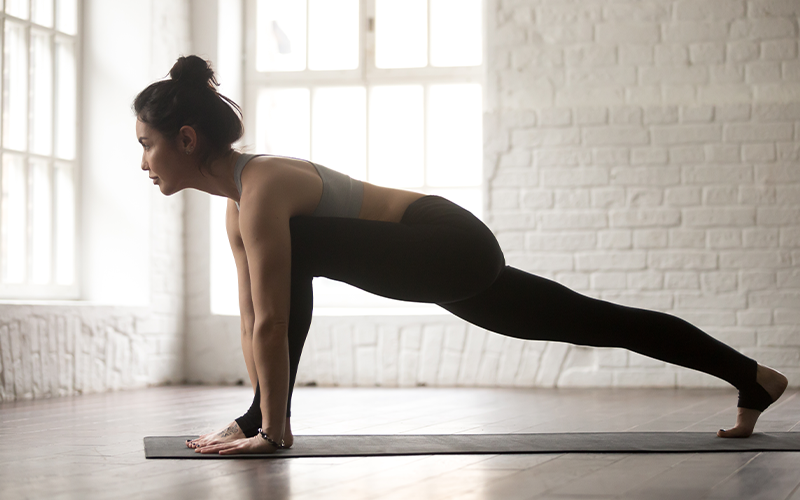
Example – lunge: come into a high push-up, your hands positioned below your shoulder joints. Place one foot next to your hand and lower your pelvis. Lean your upper body slightly forward so that you feel the stretch in your front thigh/hip flexors and hold this static position. Rest your back knee on the floor, stay on the ball of your foot, or extend your leg in the air.
- Passive Stretching
In this variation, you’re not holding the final stretch under your own power but using assistance instead. Another person can help you get deeper into a stretch and stabilize you, or you can achieve those effects with straps and other equipment.
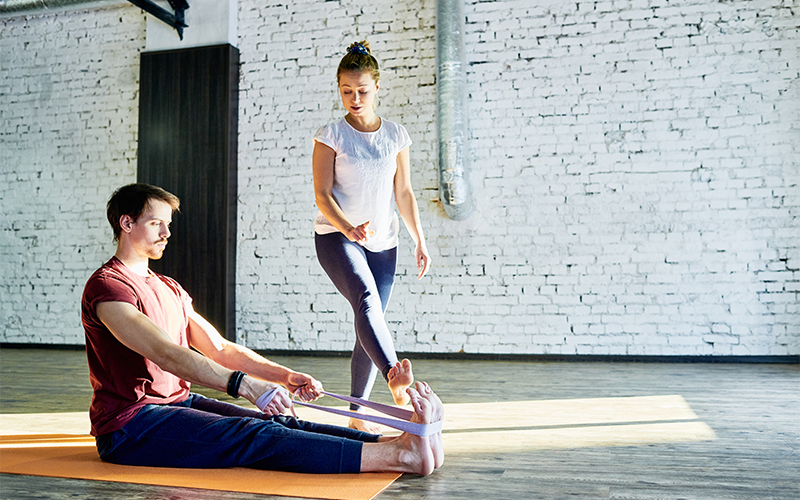
Example – forward bend: sit on your mat with your legs extended forward and your back straight. Tighten a strap around your toes, hold the ends, and pull them toward you so you feel the stretch in the backs of your legs. Stay in this position for at least 30 seconds.
The biggest risk with the passive form is going past your natural pain threshold. Be extra mindful of overstretching in these stretches.
- Isometric Stretching
Isometric stretches involve assuming one position in a stretch and contracting your muscles for about 10 to 15 seconds at the end of your range of motion. After relaxing for a few seconds, you repeat the stretch.
Example – chest stretch: Stand upright, parallel to a wall, placing one hand on it with your arm outstretched. Turn your upper body away from the wall, leaning slightly forward. Depending on your hand position – higher or lower – you’ll stretch different parts of your chest muscle.
- PNF (Proprioceptive Neuromusclar Facilitation)
PNF is a combination of passive and isometric stretching and was originally developed for the rehabilitation of stroke patients.
Assume a supported, passive stretching position, so with external resistance or an exercise partner, and follow these three steps: 1) hold-relax, 2) tighten-relax, 3) hold-relax-tighten.
The PNF method requires some experience so it’s most appropriate for advanced athletes.
- Ballistic Stretching
Ballistic stretching is a dynamic stretching method in which you move explosively rather than gently jumping. Swinging and fast motions loosen your muscles and make them more flexible bit by bit.
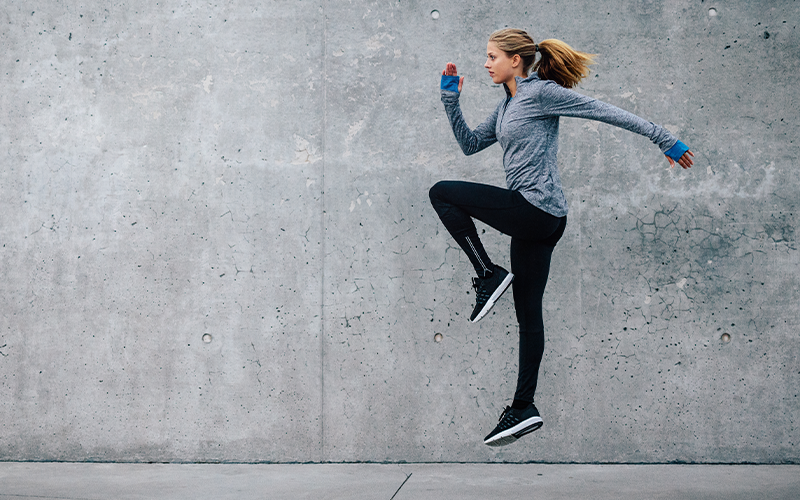
Example exercises: hopping or jumping in place, alternating lunges, and arm circles. They’re particularly useful warm-ups because they get your circulation going at the same time.
- Holistic Stretching
Alternatives to classic stretching techniques include holistic methods like yoga, fascia training, and mobility training routines that combine static and dynamic elements. They challenge and support your body from head to toe, which makes them a useful complement for other sports.

A popular all-in-one exercise is the so-called World’s Greatest Stretch: Get into a deep lunge and put your opposite hand on the ground. Keep your back leg extended long. Push your hips forward, keeping your pelvis straight. Open your torso to the side, extend your arm towards the ceiling, and look up to your hand before bringing it back down. Repeat the movement ten times per side.
Conclusion
- Stretching can improve flexibility and enhance exercise performance.
- Regular stretching strengthens ligaments and joints, compensates for lopsided stress, and relieves tension.
- Intensive stretching should be avoided when you have delayed onset muscle soreness or injuries.
- Static and dynamic are the two main types of stretching: dynamic is best before working out, static after training or after a warm-up.
- We recommend 10 to 15 minutes of stretching three days a week.
- Yoga, fascia training, and mobility training are good alternatives to conventional stretching plans.
Sources for this article
We at foodspring use only high-quality sources, including peer-reviewed studies, to support the facts within our articles. Read our editorial policy to learn more about how we fact-check and keep our content accurate, reliable, and trustworthy.
































